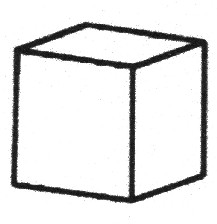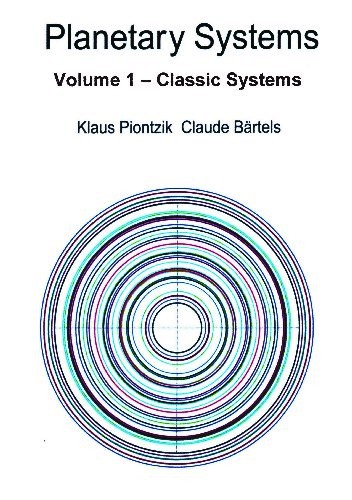| Copyright © Klaus Piontzik | ||
| German Version |

| Illustration 4.7.1 – source points |
|
The picture shows again the determined Huygen source areas of the overall field (black)
with the main magnetic meridian.
(thick red vertical)
The blue and the green lines represent the theoretical (mathematical) connection between ideal source points. It is to be expected that the location of the extrema of the total intensity is on these connections and that the extrema are close to the source points - where the source points are, the highest intensities should also occur. It is also visible that there is a deviation (disturbance) from the ideal configuration in the southern hemisphere. !!! |

| Illustration 4.7.2 – Extrema - arrangement |
|
An oscillation builds up on the N-Max-S-Max axis, which behaves like a straight oscillation - two maxima are opposite each other.
An oscillation builds up on the minimum-anomaly axis, which behaves like an odd oscillation - a maximum and a minimum are opposite each other. The circle that connects all source points is perpendicular to both planes and is identical to the main magnetic meridian. |
 |
With an ideal (undisturbed) source point arrangement, all sources in the plane of the main meridian lie on the corner points of a square. |
| Illustration 4.7.3 – Ideal arrangement |
| In the northern hemisphere, the poles or sources are located on
the main magnetic meridian, in good agreement with the undisturbed source point arrangement.
In the southern hemisphere, however, there is a deviation of 45 degrees to the east.
There are two options for the source point arrangement: |
 |
Cube - real arrangement The source points in the northern hemisphere are diagonally opposite each other on top of the cube. For the source points of the southern hemisphere you can now choose: Either at the bottom of the cube directly below the northern points or at the bottom of the cube 90 degrees offset. In both cases, the lower part of the cube is then rotated by ±45 degrees to obtain the real positions. |
 |
Tetrahedron - real arrangement The source points in the northern hemisphere lie opposite each other at the top of the tetrahedron. The source points of the southern hemisphere lie opposite each other at the bottom of the tetrahedron. The lower part of the tetrahedron is rotated 45 degrees to the west to obtain the real positions. |
| Illustration 4.7.4 – real arrangement |
| 4.7.2.1 - Theorem: | Spatial ordering structures for the real (Huygenian) source points are polyhedra. |

|
200 sides, 23 of them in color 154 pictures 38 tables Production und Publishing: ISBN 978-3-7357-3854-7 Price: 25 Euro |